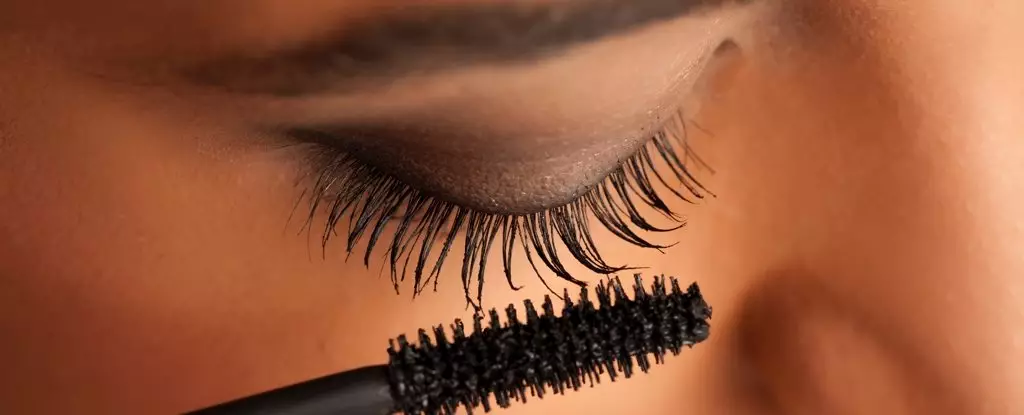Per- and polyfluoroalkyl substances (PFAS), commonly referred to as “forever chemicals” due to their non-degradable nature, have been extensively used in various consumer and commercial products since the 1950s. With over 15,000 different PFAS chemicals in existence, these compounds have the unique ability to repel water and oil, resist high temperatures, and act as surfactants. Despite their beneficial properties, the strong carbon-fluorine bonds in PFAS make them highly persistent in the environment and our bodies, persisting for decades. The widespread use of fluoropolymers, a sub-group of PFAS, underscores the massive volumes of these chemicals entering the world annually, perpetuating their accumulation in various ecosystems.
From rainwater and snow to soil and groundwater, PFAS contamination is pervasive in our environment, infiltrating the food chain and human bodies. Given the omnipresence of these chemicals, complete avoidance of PFAS exposure is virtually impossible. However, individuals can significantly reduce their exposure by being mindful of products treated with non-essential PFAS and opting for PFAS-free alternatives whenever feasible. Several everyday items like carpets, sofas, and cars that come in direct contact with individuals present opportunities for PFAS exposure through ingestion, skin contact, and dust inhalation.
Notably, stain-proofing treatments in carpets and sofas often contain PFAS, necessitating caution when purchasing such items to limit exposure. Similarly, PFAS are extensively utilized in the production of takeaway containers, greaseproof paper, plastic ware, and non-stick cookware, posing risks of migration into food. To mitigate exposure, individuals can opt for PFAS-free containers and transition to non-stick cookware alternatives like ceramic, stainless steel, or cast iron as safer options. Moreover, waterproofing agents in outdoor clothing can harbor PFAS, warranting vigilance in selecting PFAS-free alternatives from reputable brands.
The presence of PFAS in cosmetics, including foundations, cleansers, and hair products, raises concerns about dermal absorption and potential health risks associated with prolonged exposure. While some brands like H&M and Sephora offer PFAS-free cosmetics, many major brands continue to produce products containing these chemicals. Given the uncertainty surrounding the toxic effects of PFAS, intensified regulation and stringent safety assessments are crucial to safeguard human health and ecological integrity.
Research indicates that certain PFAS variants may pose health risks, including cancer, developmental abnormalities, reproductive issues, hormonal disruption, diabetes, and obesity. Moreover, PFAS contamination in aquatic ecosystems has significant ecological ramifications, potentially disrupting carbon cycles and exacerbating climate change. As governments globally implement regulations to curtail the use of specific PFAS compounds, the imperative to develop safer alternatives and promote sustainable waste management practices is underscored.
While efforts to establish safe PFAS levels in drinking water are commendable, comprehensive strategies to phase out these harmful chemicals from the market are essential. Collaborative initiatives between policymakers, industries, and consumers are imperative to transition towards PFAS-free technologies and materials, ensuring long-term health and environmental sustainability. As we strive to eliminate the pervasive influence of PFAS in everyday products, proactive measures and informed choices remain our most potent tools in navigating this chemical landscape.


Leave a Reply